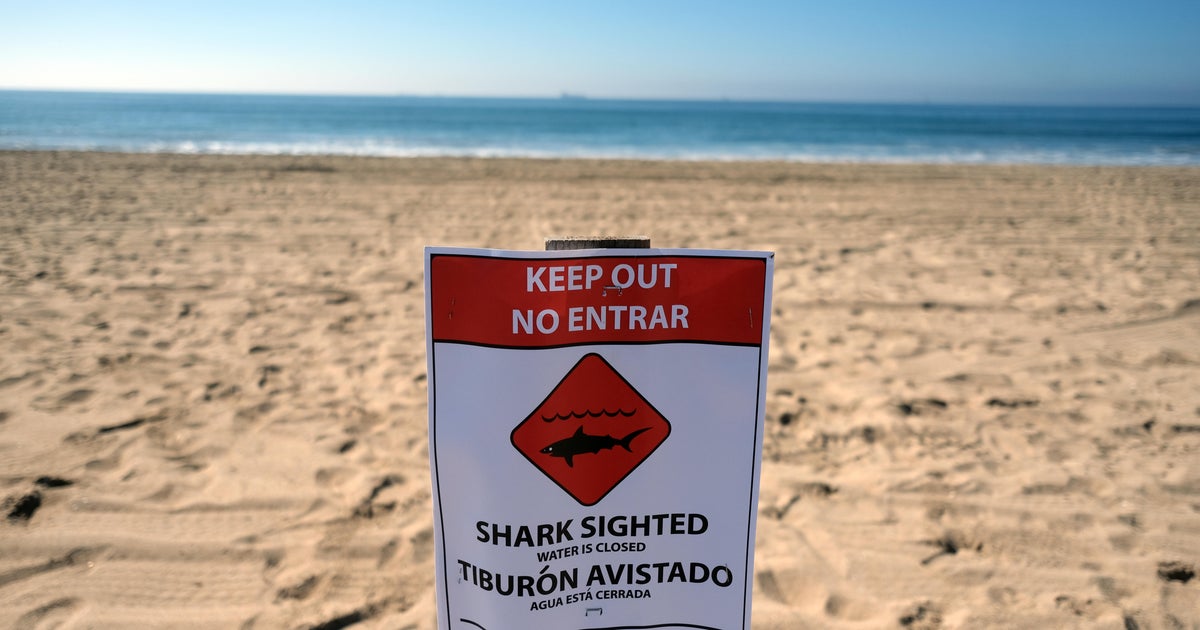Texas Shark Bite Statistics and Trends

Texas shark bite – Texas has a relatively low incidence of shark bites compared to other coastal states in the United States. According to data from the Florida Museum of Natural History’s International Shark Attack File, there have been 105 unprovoked shark attacks in Texas since 1882, resulting in 17 fatalities.
The majority of shark bites in Texas occur in the Gulf of Mexico, with Galveston and Brazoria counties accounting for the highest number of incidents. The most common species involved in shark bites in Texas are the blacktip shark, bull shark, and spinner shark.
Frequency and Severity of Shark Bites in Texas
The frequency of shark bites in Texas has remained relatively stable over the past few decades. However, there has been a slight increase in the number of bites in recent years, likely due to the growing popularity of water sports and the increasing number of people spending time in the ocean.
The severity of shark bites in Texas varies depending on the species involved. Blacktip sharks are typically responsible for minor injuries, while bull sharks and tiger sharks can cause more serious injuries, including amputations.
Trends in Shark Bite Incidents, Texas shark bite
There are several trends that have been observed in shark bite incidents in Texas.
- The majority of shark bites occur during the summer months, when water temperatures are warmest.
- Shark bites are more common in shallow water, where sharks are more likely to encounter humans.
- Surfers and swimmers are the most common victims of shark bites.
- The use of personal flotation devices (PFDs) can help to reduce the risk of shark bites.
Prevention and Safety Measures for Texas Waters: Texas Shark Bite

Understanding the potential risks associated with swimming, surfing, and other water activities in Texas waters is crucial for minimizing the chances of encountering a shark bite. Implementing effective water safety practices and adhering to precautionary measures can significantly reduce the likelihood of an incident.
For swimmers, remaining close to shore, avoiding areas with known shark activity, and refraining from swimming at dusk or dawn are recommended. Additionally, avoiding excessive splashing and wearing shiny jewelry that might attract sharks is advisable.
Shark Deterrents
Various shark deterrents are available, including shark barriers, repellent devices, and personal protective equipment. Shark barriers are physical barriers installed around swimming areas to prevent sharks from entering. Repellent devices emit electrical or chemical signals that deter sharks. Personal protective equipment, such as wetsuits or shark deterrent bands, can also be worn to reduce the risk of a bite.
While shark deterrents can be effective in certain situations, it’s important to note that they do not guarantee complete protection. A combination of water safety practices and the appropriate use of deterrents is recommended for maximum safety.
A bite from a shark in Texas waters, though rare, serves as a sobering reminder of the ocean’s unpredictable nature. Yet, amidst the summer’s aquatic adventures, another crisis has emerged inland, affecting both Texas and neighboring New Mexico. A widespread power outage has left countless homes and businesses without electricity, highlighting the fragility of our modern infrastructure.
As we navigate these challenges, let us not forget the importance of both safety and resilience, both in the vast expanse of the ocean and in the communities we call home.
The recent Texas shark bite incident has brought attention to the dangers lurking in the waters. While hurricanes, like the Houston Texas Hurricane Beryl , can cause significant damage and disruption, the threat of shark bites remains a concern for beachgoers.
As the waters warm and shark populations increase, it’s essential to take precautions when swimming in coastal areas.